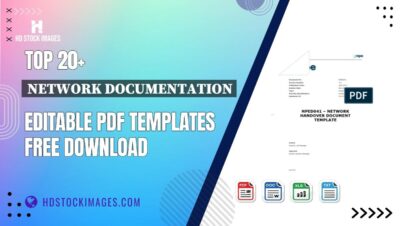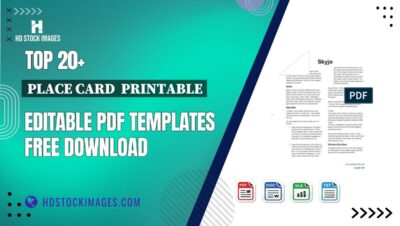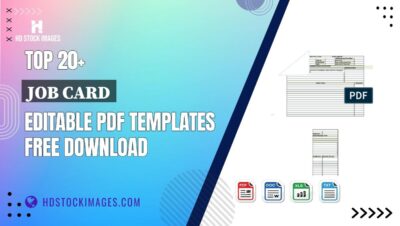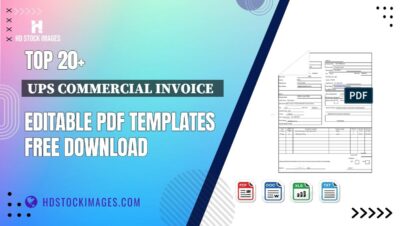Have you found yourself locked out of your LinkedIn account? You're not alone! Many users face account restrictions for various reasons, and the good news is that reopening your account is often possible. In this post, we'll guide you through the steps to get your LinkedIn profile back in action. Whether it's a misunderstanding or a policy issue, we’ll cover everything you need to know to navigate this situation smoothly.
Understanding LinkedIn Account Restrictions

Before diving into the reopening process, it’s crucial to understand why LinkedIn might restrict an account. Here are some common reasons:
- Inauthentic Behavior: If LinkedIn suspects that you’re using automated tools or bots to engage with others, they may restrict your account.
- Spammy Activity: Excessive messaging or connection requests, especially if they’re not personalized, can trigger restrictions.
- Profile Violations: Not adhering to LinkedIn's community guidelines—like using a fake name or misleading information—can also lead to action against your account.
- Reporting by Others: If multiple users report your profile, LinkedIn may take precautionary measures.
Understanding these reasons helps you avoid future issues. Now, let’s break down how to identify if your account is restricted:
- Check Your Email: LinkedIn typically sends an email if they restrict your account, explaining the reason and next steps.
- Notification on Login: When trying to log in, you might see a message indicating that your account is restricted.
- Limited Access: If you can log in but can’t send messages or connect with others, it’s a sign of restrictions.
Once you ascertain that your account is indeed restricted, it’s essential to stay calm. LinkedIn wants to maintain a professional community, and often, they’re receptive to resolving misunderstandings. Here’s what you can do:
First, read through LinkedIn’s help center to familiarize yourself with their policies. Understanding the guidelines can help you craft a compelling case for reopening your account.
Next, gather any necessary documentation or information that may support your case. For example:
- Your account details (email address, profile link)
- Any emails or messages from LinkedIn regarding the restriction
- Your explanation or evidence to counter the reasons stated for the restriction
By understanding the reasons behind your account restriction, you're setting a solid foundation for the steps ahead. Stay tuned as we’ll explore the specific actions you can take to appeal your restriction and regain full access to your LinkedIn profile!
Also Read This: The Right Way to Message Hiring Managers on LinkedIn
3. Common Reasons for Account Restrictions

LinkedIn is a powerful platform for networking, job searching, and professional development. However, sometimes users find their accounts restricted. Understanding the common reasons behind these restrictions can help you avoid them in the future. Here are some frequent culprits:
- Inauthentic Profiles: LinkedIn aims to maintain a professional environment. If your profile lacks a professional photo, has incomplete information, or appears to be fake, it may raise red flags.
- Excessive Connection Requests: Sending too many connection requests in a short period can trigger LinkedIn's spam detection. It's best to send personalized messages to connect with new people rather than mass requests.
- Inappropriate Content: Sharing content that violates LinkedIn's guidelines, such as spammy posts or offensive material, can lead to restrictions. Always think twice before posting!
- Reporting by Other Users: If multiple users report your account for suspicious activity or misconduct, LinkedIn may impose restrictions. Maintaining a positive and respectful interaction is key.
- Automated Tools: Using bots or automation tools for actions like messaging or connecting can lead to instant restrictions. LinkedIn prioritizes genuine interactions.
By being aware of these common reasons, you can better navigate the platform and minimize the risk of encountering restrictions. Remember, maintaining a professional presence is essential!
Also Read This: What Is a Post Impression on LinkedIn? Tracking Engagement Metrics
4. Steps to Reopen Your Restricted LinkedIn Account

If you've found yourself with a restricted LinkedIn account, don't panic! There are steps you can take to try to regain access. Here's a straightforward guide to help you through the process:
- Review LinkedIn's Policies: Before taking action, familiarize yourself with LinkedIn’s User Agreement and Community Guidelines. Understanding the rules can provide insight into what might have gone wrong.
- Check Your Email: LinkedIn typically sends an email explaining the restriction. Look for any communication from them and follow the instructions provided.
- Appeal the Decision: If you believe your account was restricted in error, you can appeal. Visit the LinkedIn Help Center and fill out the Contact Us form. Be clear and concise about your situation. Provide proof if necessary!
- Verify Your Identity: Sometimes, LinkedIn may require you to verify your identity. This could involve confirming your email address or phone number. Ensure your information is accurate and up-to-date.
- Be Patient: After submitting your appeal, it may take some time for LinkedIn to review your case. Be patient and avoid creating multiple appeals, as this could complicate the process.
Once you’ve followed these steps, keep an eye on your email for updates from LinkedIn. If your account is reinstated, take proactive measures to avoid future restrictions. Remember, a well-maintained profile that adheres to community standards will help you enjoy a seamless LinkedIn experience.
Also Read This: How to Remove Followers from Your LinkedIn Profile: Maintaining Privacy
5. Tips for Preventing Future Account Restrictions
So, you’ve successfully reopened your restricted LinkedIn account—great job! But what’s next? The last thing you want is to find yourself in a similar predicament down the road. Here are some practical tips to help you steer clear of future account restrictions:
- Be Authentic: Always use your real name and accurate details in your profile. LinkedIn is about networking and professional growth, so authenticity matters.
- Follow the Rules: Familiarize yourself with LinkedIn’s User Agreement and Community Policies. Make sure your actions align with these guidelines.
- Avoid Excessive Connection Requests: Sending too many connection requests in a short time can trigger red flags. Aim for quality over quantity, and personalize your requests.
- Engage Thoughtfully: Interact with posts and comments, but steer clear of spammy tactics. Avoid repetitive or irrelevant comments, as these can lead to reports from other users.
- Keep Your Activity Balanced: Regularly engage with your network, but don’t overdo it. Find a comfortable rhythm of posting, commenting, and connecting.
By being mindful of these practices, you can maintain a healthy LinkedIn profile and prevent unnecessary restrictions. Remember, your online persona is an extension of your professional self. Treat it with care!
6. Conclusion
Reopening a restricted LinkedIn account can feel like a daunting task, but with the right approach and mindset, it's totally achievable. The key is to understand why your account was restricted in the first place and to take proactive steps to fix and prevent similar issues in the future.
In summary:
- Start by identifying any issues that led to the restriction.
- Follow the proper channels to appeal and provide necessary documentation.
- Once reactivated, implement strategies to keep your account in good standing.
LinkedIn is an invaluable tool for professional networking and career advancement. Think of it as your digital business card—one that needs to be polished and well-maintained. By following the tips outlined above, not only can you safeguard your account, but you can also enhance your overall experience on the platform.
So, go ahead and reconnect with your professional community, share your insights, and build those meaningful relationships. Happy networking!
 admin
admin








